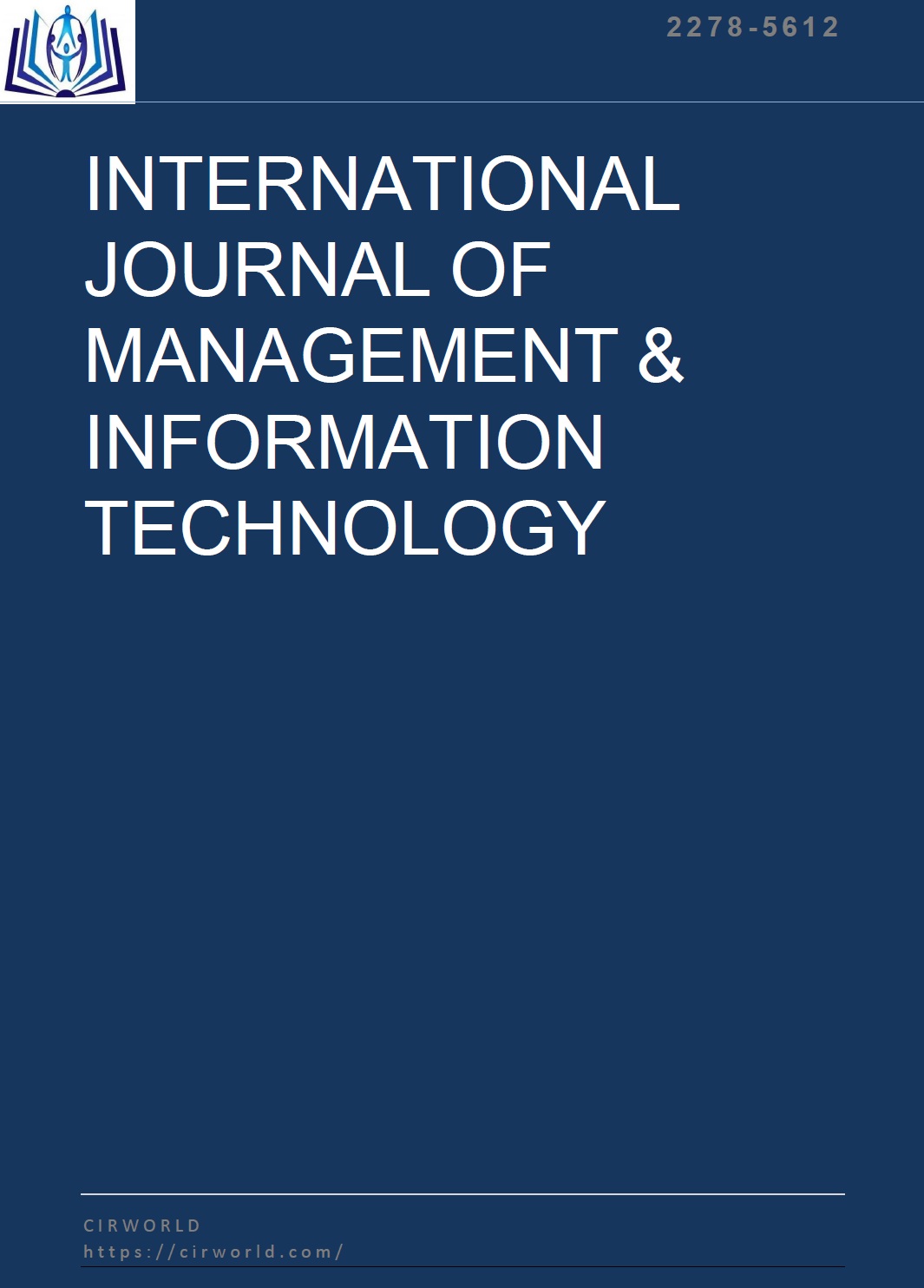Energy Production and C02 Emisson Efficiency of Eight European Countries in the Manufacturing Area.
DOI:
https://doi.org/10.24297/ijmit.v13i1.7427Abstract
An energy efficiency comparison of manufacturing sectors of eight European countries, between 2008-2013, is performed in order to understand how the world economical crisis affected their performance. The analysis rely in a combination of multidirectional efficiency analysis blended with other techniques, as nc-value, principal component analysis mixed with a dimensionality test. The purpose is to analyse three different approaches organized by: (a) a general viewpoint on countries/sectors; (b) sectors and inefficiency input usage; and (c) intensive versus non-intensive energy sectors. We also consider non-normalized and normalized data, by the total number of firms. The results indicate that the great majority of sectors/countries analyzed show a decrease in the CO2 emissions. Since the calculated inefficiency indexes expose the sectors which used inputs in excess, we found that the most efficient sectors were: basic metals; rubber and plastic products, products of wood and cork; textiles, wearing apparel and of leather products; whereas chemical products and food; beverages and tobacco products were the most inefficient sectors. Our approach also give indicators about the way each sector/country was affected by the crisis and how they were able to react or adapt to it.
Downloads
Downloads
Published
How to Cite
Issue
Section
License
 All articles published in Journal of Advances in Linguistics are licensed under a Creative Commons Attribution 4.0 International License.
All articles published in Journal of Advances in Linguistics are licensed under a Creative Commons Attribution 4.0 International License.








